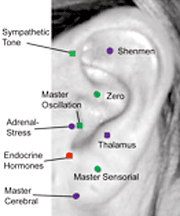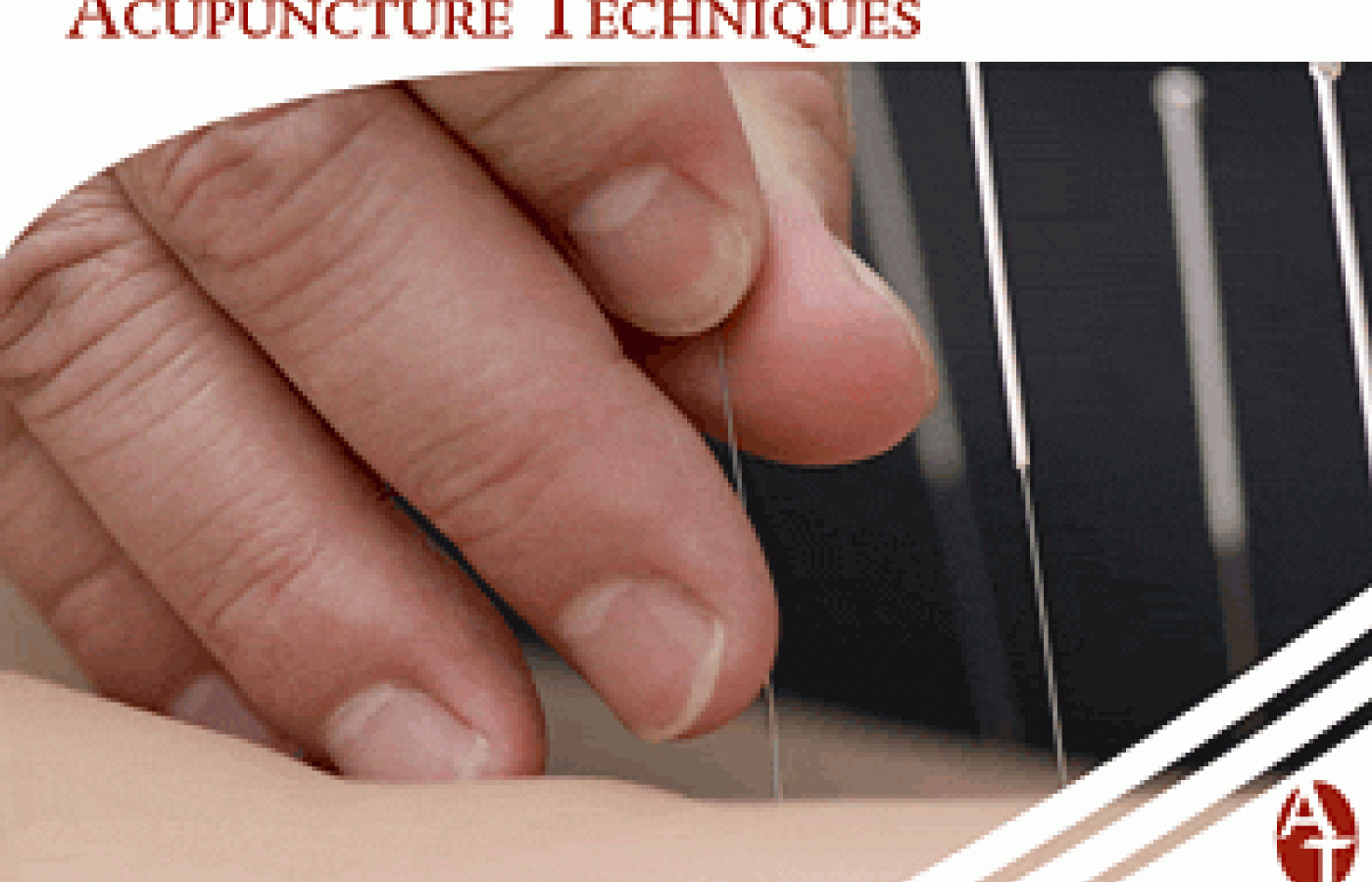Whether you accept it, avoid it or live somewhere in between, insurance coverage has become a defining issue for our profession. Patients increasingly expect to use their benefits, practitioners want to be compensated fairly for their time and expertise, and the system itself remains – at best – fragmented. The encouraging news is that coverage has expanded in meaningful ways. The challenging news is that reimbursement, across the board, remains inadequate.
Microcurrent Treatment of Headaches
You will frequently have good success in relieving localized bodily pain with microcurrents by simply "circling the dragon"; that is, stimulating where it hurts. This is usually not the case, however, in the treatment of headaches. According to the principles of Chinese medicine, headaches are often the result of imbalanced or weakened meridian energies in the body "flushing up" to the head, and so are really referred pain. Applying stimulation to the head only will not dependably relieve a headache and can often aggravate it.
I have had the best results with treating headaches by using non-needle polarized microcurrent stimulation. The main strategy is to place the positive probe on the painful head points and the negative probe on distal acupoints on the extremities, and use colors of light that increase response. Distal points are chosen according to the affected part of the head. A guide to point selection:
| Area of Pain | Local Head Points (+) | Distal Points (-) |
| Forehead, Sinuses | yin tang, GB 14, St 8, middle of eyebrows, Bl 2,3,4 | LI4 (ho ku), St 44, GB 20 (occiput) |
| Temporal Area | tai yang, GB 8, other tender temporal points | TW 3, TW 5, GB 41, GB 20 (occiput) |
| Occipital Area | GB 20, BL 10 + 11, GV 16 | SI 3, UB 60, UB 62, GV 4 |
| Vertical (Top of Head) | GV 20, other tender points | Lv 2+3, K1, LI4, GB 20 |
Color Therapy Recommendations
- Tension headaches: Violet, Blue
- Migraines: Purple, Scarlet
- Menstrual headaches: Magenta, Scarlet (try adding distal points TW 5 and GB 41)
Recommended instrument settings are 50 µA, sloped waveform, 80 Hz with 2:1 modulation if available. Try alternative frequency of 0.8 Hz if you don't get good results at first. Polarize probes and place + probe on head and - probe on distal points, and treat each set of points for six to 12 seconds. My experience is that if relief does not come within less than a minute of total treatment time, it is better to re-analyze the condition and try other points rather than continue on the same ones. Meridian testing and balancing is of great help in confirming the meridians you have chosen to treat. For a detailed training on Electronic Meridian Testing (EMT) see chapters 11 and 16 of my book Microcurrent Electro-Acupuncture (available from www.eastwestmed.com).

For patients with migraines or chronic headaches, it is useful to give preventive treatment by stimulating the following points while the patient is asymptomatic: St 36, Sp 6, GB 20, Lv 3. Acute migraines can sometimes be relieved with the following emergency points: GV 26 (upper lip), Sp 6, and the finger points of Ht 9, Lu 1, and Pc 9. Use negative stimulation while the patient is holding a hand-grounding mass. I often combine microlight therapy with the use of acupuncture needles on some of the listed distal points above for treating severe migraines.
Stimulation of auricular system "tune-up" points is also a valuable preventive and remedial treatment for migraines. Stimulating three to four of the points shown in the diagram with the indicated colors can balance body system functions for this purpose.
An explanation for the efficacy of these treatments lies in the fact that the positive microcurrent probe is pulling excess electrons (a manifestation of inflammation) away from the head, and the negative probe is adding electrons to, and in effect tonifying, the deficient related bodily meridian points. This is a powerful method to help restore balance between the head and the body. By the way, make sure you remind your patient to breathe deeply, relax and drink plenty of pure water.



